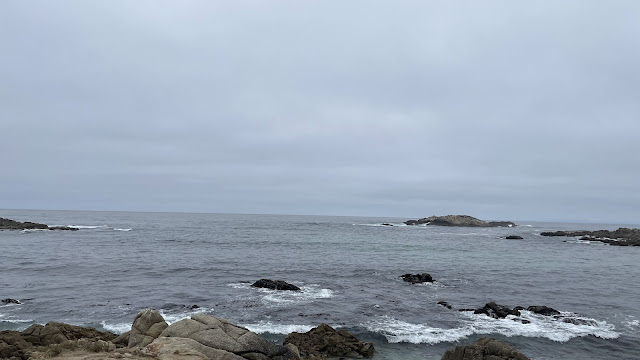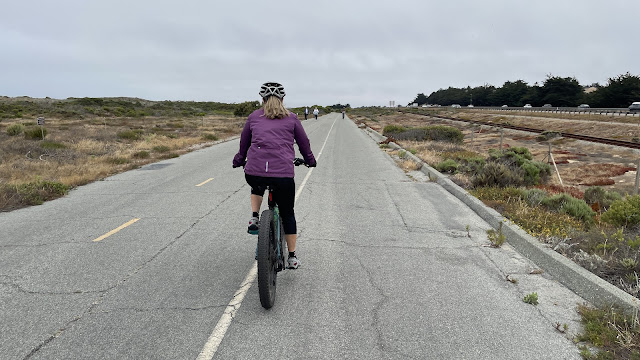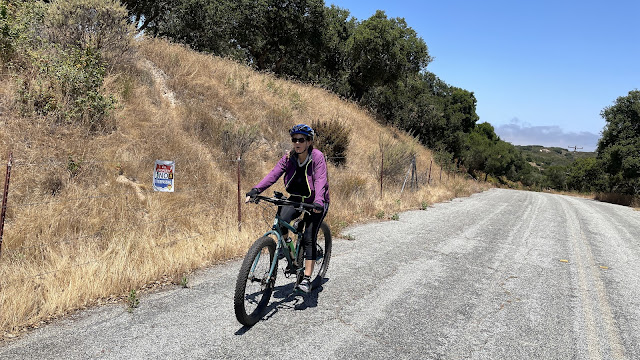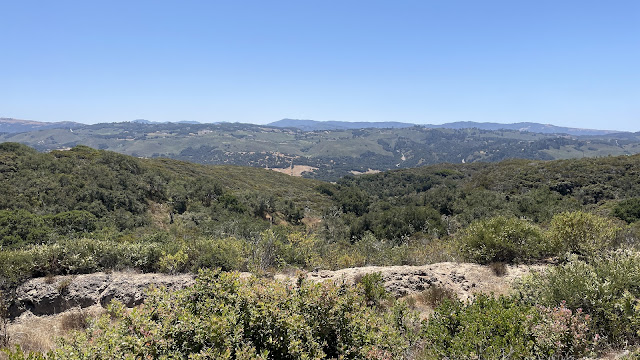As I advance in years, I am starting to think about ways to keep my body from falling apart. For the most part I feel pretty good when I ride mountain bikes, but the gravel bike does cause me to experience some minor hip issues. I attribute this to the more acute hip angle in the aero position. One way to increase this angle is with shorter cranks.
Over the years I have read many articles and studies related to crank length and how it applies to ergonomics, power and efficiency. For the most part the takeaway for power is this: It doesn't matter much. Power output stays pretty uniform except on the far ends of the spectrum, like with 120mm or 210mm cranks. Any lack of leverage with shorter cranks is made up by higher cadence, and vice versa.
As for efficiency, it depends. Tadej Pogačar started using 165mm cranks this year with the intent to spin more and stay seated more when climbing. We do know seated climbing is more efficient because it utilizes far fewer muscle groups, requiring less fuel and oxygen. I think maybe it worked for him. At the very least it didn't hinder him. Still, I saw Tadej attack many times this year out of the saddle, so I think this simply proves that shorter isn't necessarily better or worse, just different.
That's all great, but the facet I am most interested in is the ergonomic side. To me it makes sense that decreasing the movement in the knee and hip joints with a shorter crank could be beneficial. This of course comes with a price—more crank revolutions. Given that I have produced millions and millions of pedal revolutions in my life, I don't think a few more per ride will hurt me, especially if each of those comes with less joint movement.
Cranks in 175mm length have been my standard since BMX days, and I never felt the need to change. In 2021 when I bought the Jones LWB, it showed up with 170mm cranks. Jeff Jones specs shorter cranks because he likes lower bottom brackets, so for him it wasn't an ergonomic choice. My first instinct was to immediately replace the cranks, but I decided to try them. I felt the length difference immediately, but after a few rides I forgot they were any shorter. The LWB is by far the bike I ride the most, so you could say that I have mostly converted to 170mm cranks.
When I built the Santa Cruz Hightower in 2023, I used 170mm cranks because that's what the complete build used. Long travel means the bottom bracket will be low. Even with 170s, I experienced a lot of rock strikes, so I dropped down to 165mm cranks. I pretty much hated them. Combined with the ridiculously steep seat tube angle, the short cranks made me feel like I was directly over the bottom bracket, the sensation not completely unlike riding a unicycle.
There are many calculations floating around out there to determine your optimum crank length based on height, inseam or tibia length. I have seen mine as short as 162 and as long as 177, but most calculations put me around 167mm.
Even though my first experience with 165s was not great, I was willing to try them on my gravel bike in the name of science. I replaced my Shimano Ultegra setup with SRAM Apex.
Before even riding the bike they looked stubby to the naked eye.
I have to say, I like the Dub interface more and more as I use it.
I raised my saddle exactly 10mm to compensate for the cranks and headed out for a ride.
Some people are not very sensitive to fit changes. Some are. I fall into the latter category. Aside from the huge reduction in crank length, which I think any cyclist would notice, I immediately felt the saddle height change. It really felt like the bars were dropped a couple inches, not only one measly centimeter. I could also feel the change in saddle setback. Again, this crank length change pushes the knee forward in relation to the pedal spindle a full centimeter. I resisted the urge to make any other changes except the saddle height until I ride the bike a few times.
The first ride was just OK. The cranks definitely feel short. Sitting in the saddle on the flats felt fine, but when I stood to get over small rises the power wasn't there. On sustained climbs, my normal cadence felt slow. I had to drop down a gear and spin more to feel like I was going the same speed. My saddle also felt a little low, but it's hard to tell if it really is. Perhaps the smaller pedaling circle only made it feel that way.
This was a big change and one ride will not provide all the answers. In fact, it was such a big change that I am a little sore today. I'll keep riding this new setup to see if shorter cranks are part of my future. If I don't stick with them, perhaps Tadej Pogačar will be interested in buying them.
Later.




















































